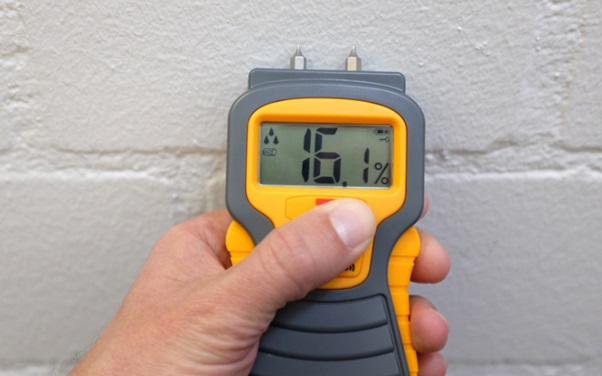
Wall leakage can cause significant damage to both the structure and aesthetics of a building. Addressing water seepage effectively requires a thorough understanding of the process and the application of appropriate techniques and technologies. This article explores the comprehensive steps involved in wall leakage repair, including various water seepage repair methods and advanced technologies utilised in Singapore.
Identifying the Source of Leakage
The first and foremost step in wall leakage repair is accurately identifying the source of the water leak. Water seepage often results from issues such as plumbing leaks, faulty roof drainage, or insufficient waterproofing. To diagnose the problem, inspect the affected area for signs of moisture, such as discolouration, mould growth, or peeling paint. Use tools like moisture metres and infrared cameras to detect hidden water intrusion and pinpoint the exact location of the leak. Understanding the source is crucial for selecting the most effective water seepage repair method and preventing future occurrences.
Assessing the Extent of Damage
Once the source of the leak is identified, assess the extent of the damage to determine the appropriate repair strategy. It involves examining the wall structure, including the condition of the plaster, paint, and any underlying materials. Check for signs of structural damage, such as cracks or weakened areas, which may require additional reinforcement. Assessing the damage helps in choosing the proper repair techniques and ensuring that all affected areas are addressed comprehensively.
Selecting the Appropriate Repair Method
Several water seepage repair methods are available in Singapore, each suited to different types of leakage and damage. When it comes to water leak in wall repair, the selection of the method depends on factors such as the severity of the leakage, the location of the leak, and the building’s construction type. Common methods include:
- Crack Injection: For small to medium-sized cracks, crack injection is a well-known technique. It involves injecting a specialised sealant or epoxy into the cracks to fill voids and create a waterproof barrier. This method is effective for preventing further water ingress and restoring the structural integrity of the wall.
- Waterproofing Membranes: Waterproofing membranes are used to create a barrier against water intrusion. These membranes can be applied as liquid coatings or as pre-formed sheets. Liquid membranes are often used for their ease of application and flexibility, while sheet membranes provide a more robust solution for large areas.
- Sealants and Caulking: For minor leaks and gaps, sealants and caulking can be used to prevent water from penetrating through joints and seams. High-quality, flexible sealants are applied to the areas around windows, doors, and other vulnerable points to ensure a watertight seal.
- Exterior Drainage Systems: In cases where water seepage is due to poor drainage, installing or repairing exterior drainage systems may be necessary. It includes adding or repairing gutters, downspouts, and French drains to redirect water away from the building’s foundation and walls.
Implementing Repair Techniques
After selecting the appropriate repair method, proceed with the implementation of the repair techniques. Begin by preparing the wall surface, which involves cleaning the area, removing damaged materials, and ensuring the surface is dry. For crack injections, thoroughly clean the cracks and apply the injection material according to the manufacturer’s instructions. For waterproofing membranes, apply the coating or install the sheet membrane evenly, ensuring full coverage and proper sealing at joints and seams. Sealants and caulking should be applied carefully to fill gaps and create a continuous barrier. Ensure that all repairs are allowed to cure before subjecting the wall to regular use.
Conclusion
Wall leakage repair involves a systematic approach that includes identifying the source of the leak, assessing the damage, selecting and implementing the appropriate repair methods, and utilising advanced technologies. By following these steps, you can effectively address water seepage issues and prevent further damage to your property. Whether through crack injection, waterproofing membranes, or advanced technologies, ensuring a comprehensive and well-executed repair process is crucial for maintaining the structural integrity and longevity of your walls.
Contact Eternity Waterproofing today for more information.